- No products in the cart.
Pulmicort suspension for ING. 0.25mg / ml kont.p 2ml / e 20 pcs
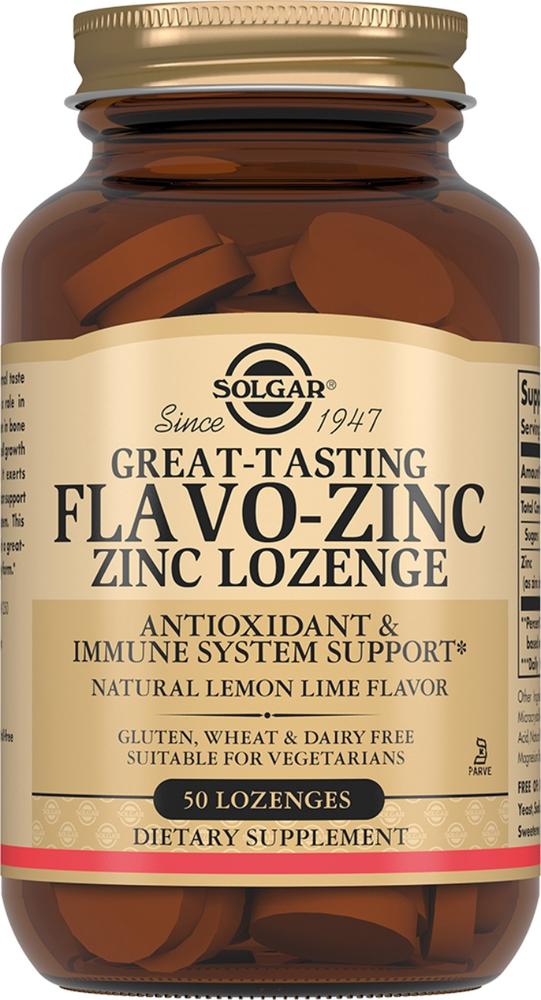
Solgar lozenges 50 pcs Flavio zinc
$14.54
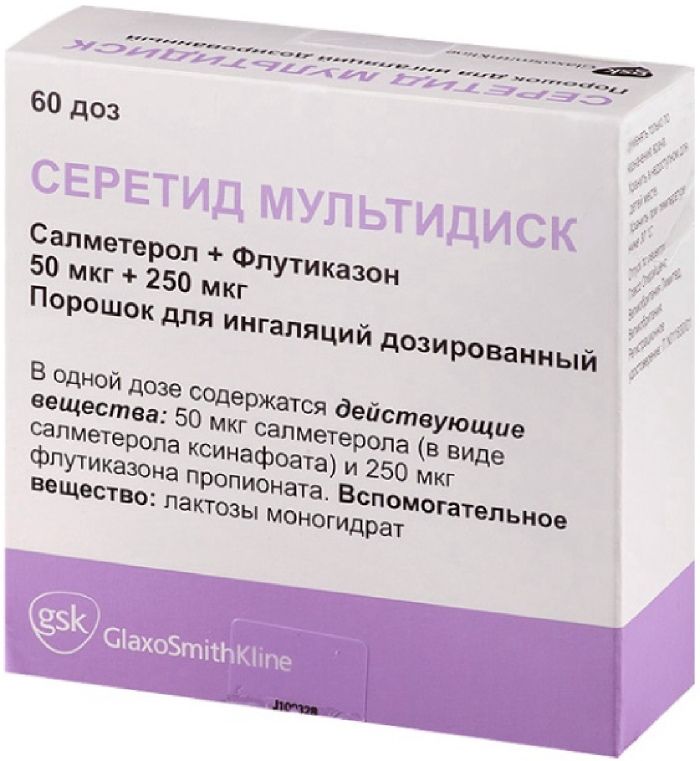
Seretide multidisk powder ing.dozir. 50mkg / 250mkg 60doz with inhaler
$33.31
$21.86
Pulmicort suspension for ING. 0.25mg / ml kont.p 2ml / e 20 pcs
Description
Composition
Active substance:
Budesonide (budesonide, micronised) 0.25 mg or 0.5 mg.
Excipients:
Sodium chloride 8.5 mg Sodium citrate 0.5 mg disodium edetate (Na salt of ethylenediaminetetraacetic acid (disodium) (disodium EDTA)), 0.1 mg polysorbate 80 0.2 mg citric acid (anhydrous) 0.28 mg purified water to 1 ml.
Description:
Easy resuspendability sterile suspension of white or nearly white in containers of low density polyethylene, containing a single dose.
Product form:
Suspension for inhalation dosage of 0.25 mg / ml and 0.5 mg / ml. 2 ml of the product in the container from a low density polyethylene. 5 containers are connected in one sheet. Sheet 5 of containers packaged in the envelope made of laminated foil. 4 of the envelope in a cardboard package with instructions for use.
Contraindications
Hypersensitivity to budesonide.
Children up to age 6 months.
With caution (it requires more careful monitoring of the patients) in patients with fungal, viral, bacterial infections of the respiratory system, cirrhosis of the liver; the appointment should take into account the possible manifestation of systemic glucocorticosteroids.
Dosage
0.25 mg / ml
Indications
Bronchial asthma requiring maintenance treatment with glucocorticosteroids.
Chronic obstructive pulmonary disease (COPD).
Constrictive laryngotracheitis (false grains).
Interaction with other drugs
Budesonide was observed interaction with other drugs used in the treatment of bronchial asthma.
Ketoconazole (200 mg once daily) increases the plasma concentrations of oral budesonide (3 mg once daily) on average 6-fold at the joint reception. When receiving ketoconazole through 12 hours after receiving the last budesonide concentration in plasma increased on average 3 times. Information about such interactions when taking budesonide inhalation is absent, but it is assumed that in this case, you should expect an increase in the concentration of budesonide in plasma. If necessary, the receiving ketoconazole and budesonide should increase the time between intake of drugs to the maximum possible. You should also consider reducing the dose of budesonide. Another potential inhibitor of CYP3A4, such as itraconazole, and significantly increases the plasma concentration of budesonide.
Pre inhaled beta-agonists dilates the bronchi, budesonide improves the flow of the respiratory tract and enhances its therapeutic effect.
Phenobarbital, phenytoin, rifampin reduce the effectiveness (induction of enzymes of microsomal oxidation) budesonide.
Methandrostenolone, estrogens increase the effect of budesonide.
Overdose
In acute overdose clinical manifestations occurs. Prolonged use of the drug in doses significantly exceeding the recommended may develop systemic effect glucocorticosteroid in the form of hypercortisolism and adrenal suppression.
pharmachologic effect
Pharmacological group:
Glucocorticosteroids for local use.
Pharmacodynamics:
Budesonide, inhaled glucocorticosteroid, at the recommended doses has anti-inflammatory effect in the bronchi, reducing the severity of symptoms and frequency of exacerbations of asthma with fewer side effects than with systemic corticosteroids. Reduces the severity of edema of the bronchial mucosa, mucus production, education, sputum and airway hyperresponsiveness. Well tolerated in long-term treatment has no mineralokortikosteroidnoy activity.
Time of onset of therapeutic effect after inhalation one dose of a few hours. Maximum therapeutic effect is achieved within 1 to 2 weeks after treatment. Budesonide has a prophylactic effect on bronchial asthma and does not affect the acute manifestations of the disease.
Shown a dose-dependent effect on the cortisol content in plasma and urine in the patients receiving Pulmicort. The recommended dose medication has a much smaller effect on the adrenal function than prednisone 10 mg, as was shown in ACTH tests.
Pharmacokinetics:
Absorption of inhaled budesonide is rapidly absorbed. In adults systemic bioavailability after inhalation of budesonide via Pulmicort suspension nebulizer is about 15% of the total dose assignable and about 40-70% of the delivered. Maximum plasma concentration is achieved after 30 minutes after the start of inhalation.
Metabolism and Distribution Communication plasma protein is an average of 90%. The volume of distribution of budesonide is about 3 l / kg. After absorption budesonide undergoes intensive biotransformation (over 90%) in the liver with the formation of metabolites with low glucocorticosteroid activity. Glucocorticosteroid active main metabolites 6-beta-hydroxy budesonide and 16 alpha-hydroxyprednisolone is less than 1% of the glucocorticosteroid budesonide activity.
Excretion Budesonide is metabolized primarily by CYP3A4 enzyme. Metabolites are unchanged in the urine or in conjugated form. Budesonide has a high systemic clearance (approximately 1.2 L / min). The pharmacokinetics of budesonide is proportional to the administered dose.
The pharmacokinetics of budesonide in children and patients with impaired renal function has not been investigated. Patients with liver disease may be extended residence time in body budesonide.
Pregnancy and breast-feeding
Pregnancy: prenatal care in women who took budesonide revealed no developmental abnormalities in the fetus, however, can not completely exclude the risk of their development, so during pregnancy due to the possibility of deterioration of bronchial asthma should use the lowest effective dose of budesonide.
Lactation: Budesonide is excreted in breast milk, but in the application of Pulmicort were observed at therapeutic doses, effects on the child. Pulmicort can be used during breastfeeding.
Conditions of supply of pharmacies
On prescription.
side effects
The incidence of adverse effects as follows:
Often (> 1/100, 1/1000, 1/10000,
Up to 10% of patients taking the drug, may have the following side effects:
Often
Inhalation: candidiasis of the oropharynx, mild irritation of the mucous membranes of the throat, cough, hoarseness, dry mouth.
Seldom
General: Angioedema.
Skin: The appearance of bruises on the skin.
Respiratory tract: bronchospasm.
Central Nervous System: Nervousness, anxiety, depression, behavioral disorders.
Immune system: The reactions immediate hypersensitivity and delayed type including rash, contact dermatitis, urticaria, angioneurotic edema, bronchospasm, and anaphylaxis.
Gastrointestinal tract: Nausea.
Very rarely
Laboratory parameters: Reduction in bone mineral density (systemic action).
Special Senses: cataract, glaucoma (systemic action).
Taking into account the risk of oropharyngeal candidiasis, the patient should be carefully rinse your mouth with water after each inhalation of the drug.
In rare cases, there may be symptoms caused by the systemic effects of corticosteroids, including adrenal hypofunction and growth retardation in children. The severity of these symptoms is likely to depend on the dose, duration of treatment, concomitant or previous treatment with glucocorticosteroids, as well as individual sensitivity.
Cases of skin irritation when using the nebulizer face mask. To prevent irritation after using the face mask should be washed with water.
special instructions
To minimize the risk of fungal infections of the oropharynx of the patient should be instructed on the need to thoroughly rinse your mouth with water after each inhalation of the drug.
concomitant administration of budesonide should be avoided with ketoconazole, itraconazole or other potent inhibitors of CYP3A4. In the case where budesonide and ketoconazole or other potential CYP3A4 inhibitors have been assigned, increase the time between drug administration to the maximum possible.
Because of the possible risk of impaired adrenal function, special attention should be given to patients who are transferred from oral glucocorticosteroids Pulmicort an appointment. Also, special attention should be given to patients receiving high-dose corticosteroids, or receiving long-term highest possible recommended dose of inhaled glucocorticosteroids. In stressful situations, such patients may show signs and symptoms of adrenal insufficiency. Under stress or in cases surgery is recommended complementary therapy systemic corticosteroids.
Particular attention should be given to patients who are transferred from systemic to inhaled glucocorticosteroids (Pulmicort), or when you can expect a breach of pituitary-adrenal function. Such patients should take special care to reduce the dose of systemic glucocorticosteroids and control of the hypothalamic-pituitary-adrenal axis function. Also, patients may require the addition of oral corticosteroids during stressful situations, such as trauma, surgery, etc.
When switching from oral glucocorticosteroids Pulmicort on patients can feel the previously observed symptoms such as muscle aches or joint pain. In such cases, you may need a temporary increase in the dose of oral corticosteroids. In rare cases, there may be symptoms such as fatigue, headache, nausea and vomiting, suggestive of systemic glucocorticosteroid insufficiency.
Substitution oral to inhaled glucocorticosteroids sometimes leads to concomitant allergy manifestation, for example, rhinitis and eczema previously stoped systemic drugs.
In children and adolescents treated with corticosteroids (regardless of the method of delivery) over an extended period, it is recommended to regularly monitor the growth figures. In the appointment of glucocorticosteroids should take into account the benefit ratio of the drug and the possible risk of growth retardation.
The use of budesonide in a dose of 400 mg a day for children older than 3 years does not cause systemic effects. Biochemical signs of systemic drug effects can occur when taking the drug at a dose of 400 to 800 micrograms per day. In excess doses of 800 micrograms per day systemic drug effects occur frequently.
The use of corticosteroids to treat asthma may cause dysplasia. The results of observations of children and adolescents treated with budesonide for a long period (11 years), showed that patients reached the expected growth of standard indicators for adults.
Therapy inhaled budesonide 1 or 2 times a day showed efficacy for the prevention of asthma physical effort.
Effects on ability to drive a car or other mechanisms
Pulmicort does not affect the ability to drive a motor vehicle or other machinery.
Application via Pulmicort nebulizer
Pulmicort used for inhalation using an appropriate nebulizer equipped with a mouthpiece and a special mask. The nebulizer is connected to a compressor for creating the necessary air flow (5-8 liters / min), nebulizer fill volume should be 2.4 ml.
It is important to inform the patient: – carefully read the instructions for use of the drug; – for use Pulmicort suspension not suitable ultrasonic nebulizers; – Pulmicort suspension was mixed with 0.9% sodium chloride, or solutions of terbutaline, salbutamol, fenoterol, acetylcysteine, sodium cromoglycate and ipratropium bromide; diluted suspension should be used within 30 minutes. – after inhalation should rinse your mouth with water to reduce the development of oropharyngeal candidiasis; – to prevent skin irritation after using the mask should be washed thoroughly with water person; – It is recommended to regularly clean the nebuliser according to the manufacturer’s instructions;
In cases where the child is unable to breathe on their own through the nebulizer uses a special mask.
As used Pulmicort via nebuliser 1. Before use, gently shake the container slight twisting motion. 2. Keep the container directly vertically and open it by turning and lifting “wing”. 3. Gently place the container open end in a nebulizer and slowly extrude the contents of the container.
A container containing a single dose, labeled line. If the container is inverted, then this line will show a volume of 1 ml.
If it is necessary to use only 1 ml of the suspension, the contents of the container to squeeze out until the liquid surface reaches the level indicated by line.
Open container stored in a dark place. The open container must be used within 12 hours.
Before use the liquid residue, the contents of the container gently shaken rotational movement.
Note: 1. After each inhalation, rinse your mouth with water. 2. If you are using a mask, make sure that the inhalation mask fits tightly to the face. Wash your face after inhalation.
cleaning
The chamber of the nebulizer, mouthpiece or mask should be cleaned after each use.
The chamber of the nebulizer, mouthpiece or mask, wash with warm water using a mild detergent or in accordance with the manufacturer’s instructions. Good rinse and dry nebulizer chamber connecting with the compressor or the air inlet valve.
Storage conditions
At a temperature of not higher than 30 ° C. Do not freeze. Keep out of the reach of children.
The drug containers should be used within 3 months after opening the envelope. The open container must be used within 12 hours. Containers should be stored in an envelope to protect them from light.
Dosing and Administration
The dose is adjusted individually. In the event that the recommended dosage does not exceed 1 mg / day, the whole dose may be taken at one time (simultaneously). In case of receiving the higher dose it is recommended to be divided into two steps.
The recommended initial dose:
Children 6 months and older: 0.25-0.5 mg per day. If necessary, the dose may be increased to 1 mg / day.
Adults / elderly patients: 1-2 mg per day.
Dose for maintenance treatment:
Children 6 months and older: 0.25-2 mg per day.
Adults: 0.5-4 mg per day. In case of severe exacerbations dose may be increased.
Determination of the dose:
The dose of 0.25 mg – 1 ml * (volume Pulmicort suspension formulation for inhalation)
The dose of 0.5 mg – 2 ml (volume Pulmicort suspension formulation for inhalation)
The dose of 0.75 mg – 3 ml (volume Pulmicort suspension formulation for inhalation)
The dose of 1 mg – 4 ml (volume Pulmicort suspension formulation for inhalation)
The dose of 1.5 mg – – (Volume of drug Pulmicort suspension for inhalation)
2 mg – (Volume of drug Pulmicort suspension for inhalation) *) should be diluted with 0.9% sodium chloride solution to a volume of 2 ml
For all patients, it is desirable to determine the minimum effective maintenance dose.
In the case of the need to achieve additional therapeutic effects can recommend increasing the daily dose (up to 1 mg / day) instead Pulmicort drug combination with oral corticosteroids, due to lower risk of systemic effects.
Patients receiving oral glucocorticosteroids
Cancellation of oral corticosteroids should be started against the background of a stable state of health of the patient. Within 10 days, you need to take a high dose of Pulmicort in patients receiving oral glucocorticosteroids in the usual dose. Later during the month should gradually reduce the dose of oral corticosteroids (for example, 2.5 mg of prednisolone or its equivalent) to the minimum effective dose. In many cases, it manages to completely abandon the acceptance of oral glucocorticosteroids.
Since Pulmicort applied as a slurry via a nebulizer into the lungs during inhalation is important to instruct the patient to inhale through the mouthpiece of the nebulizer drug is safely and smoothly.
There are no data on the use of budesonide in patients with renal or hepatic impairment. Taking into account the fact that budesonide is obtained by biotransformation in the liver, can be expected to increase the duration of action of the drug in patients with severe liver cirrhosis.
Constrictive laryngotracheitis (false croup):
Children 6 months and older: 2 mg per day. The dose of drug may be taken at one time (simultaneously) or divide it into two stages to 1 mg at intervals of 30 minutes.
Information
Appearance may differ from that depicted in the picture. There are contraindications. You need to read the manual or consult with a specialist
Additional information
| Weight | 0.100 kg |
|---|---|
| Manufacturer | ASTRAZENECA |

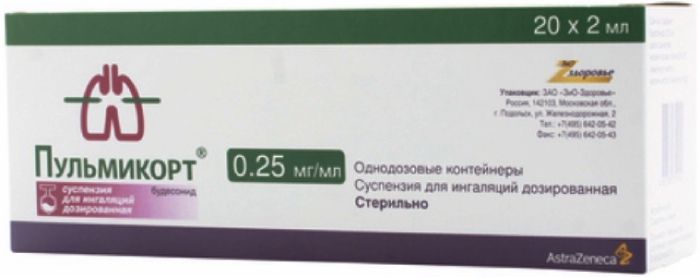
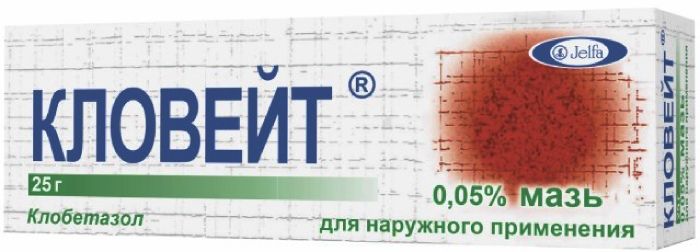
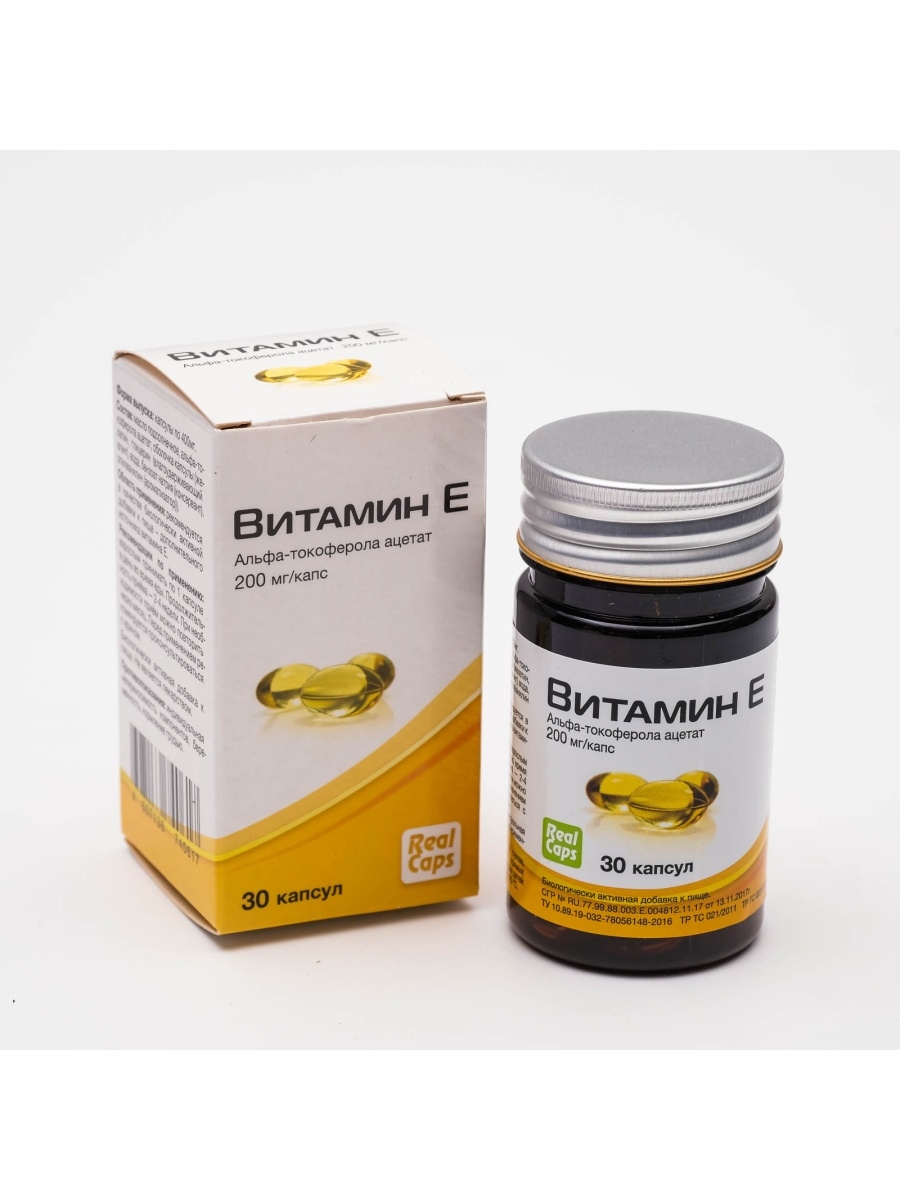
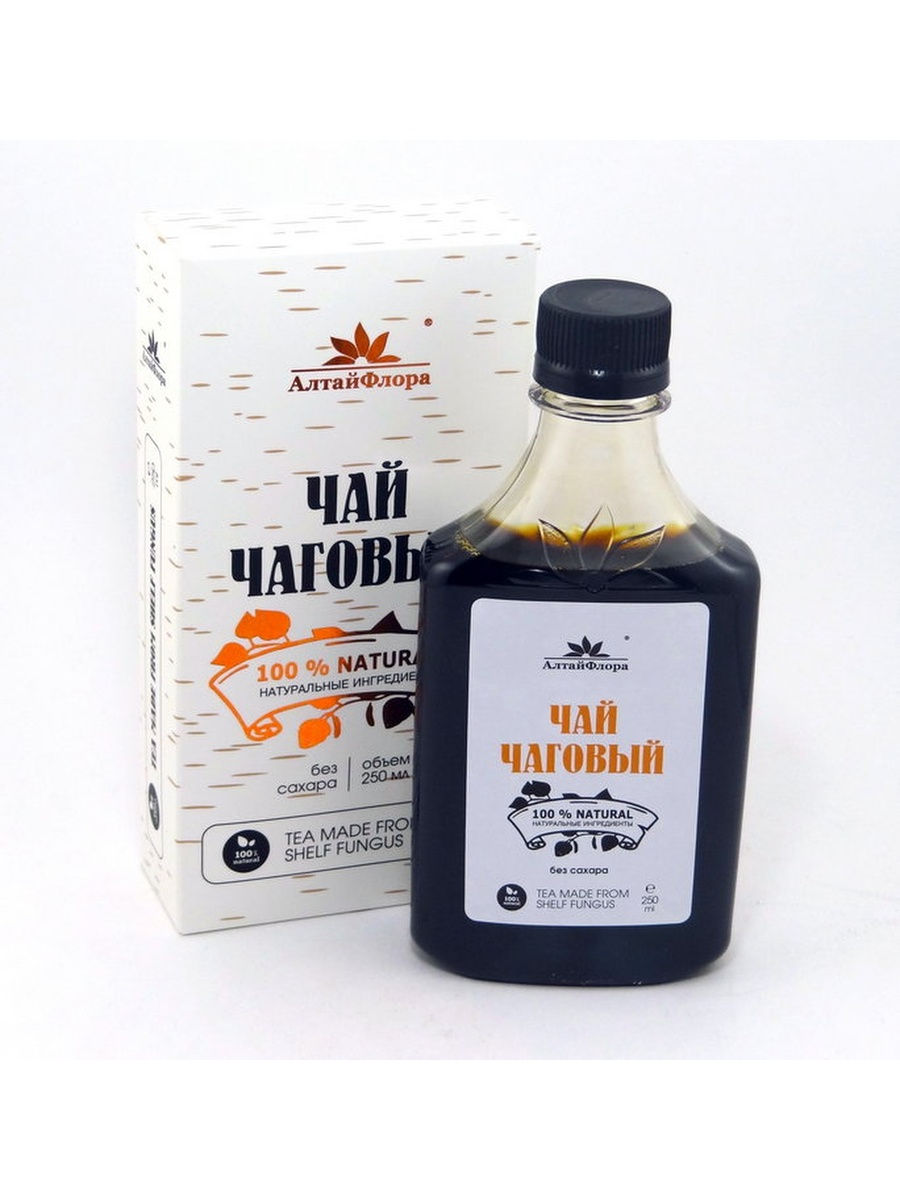

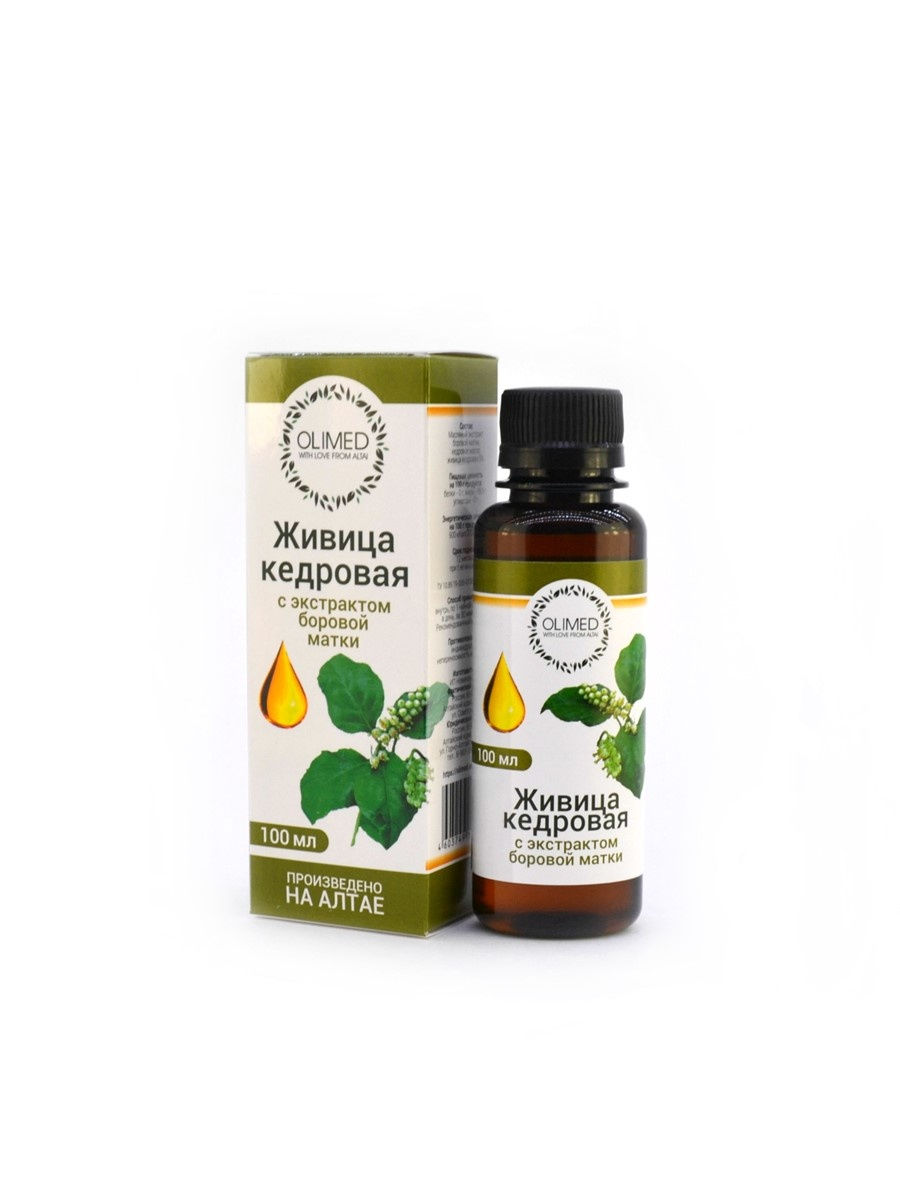
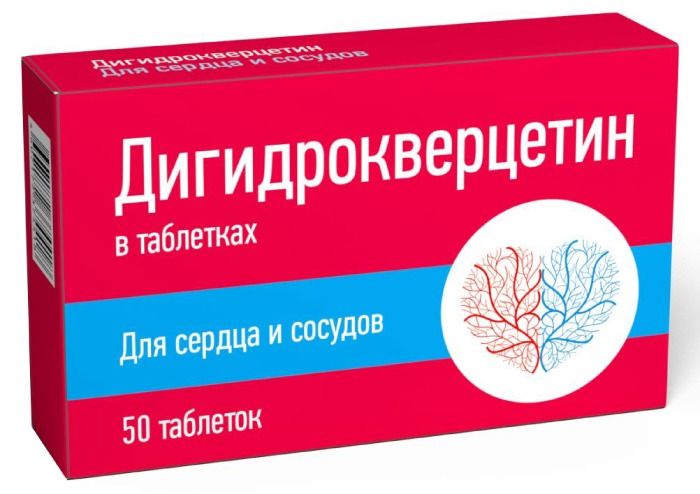




There are no reviews yet.